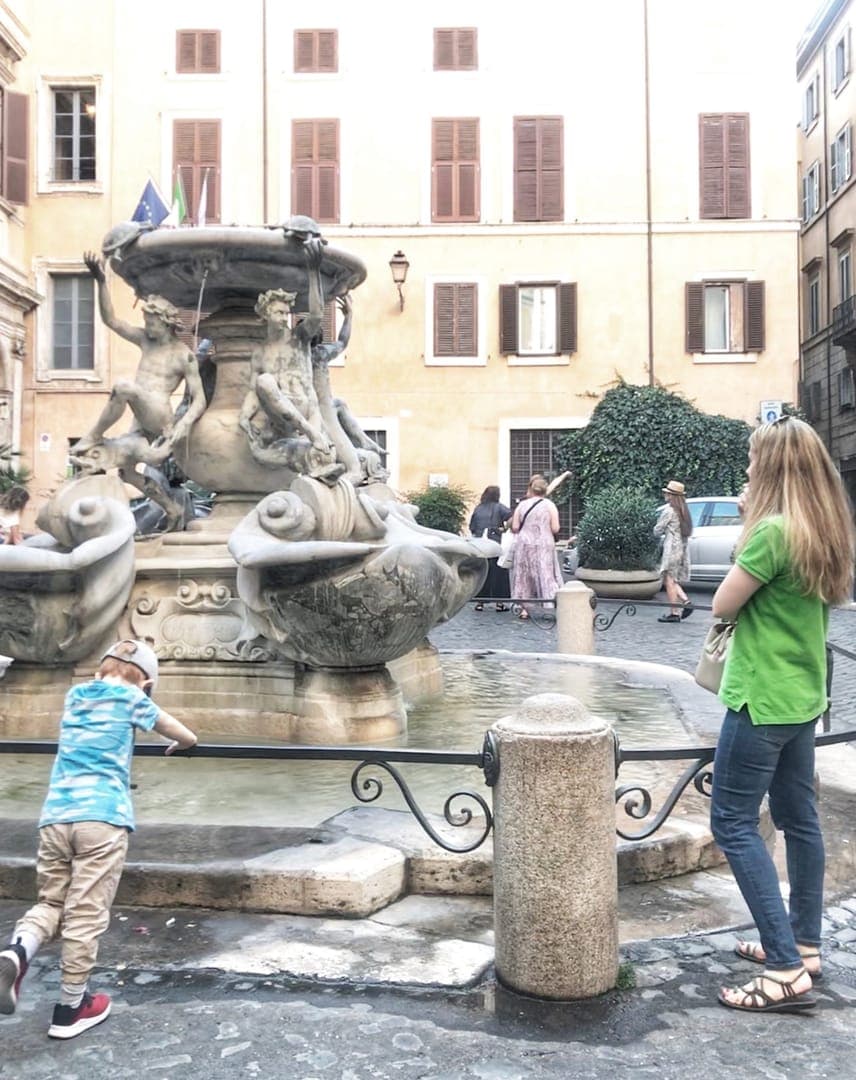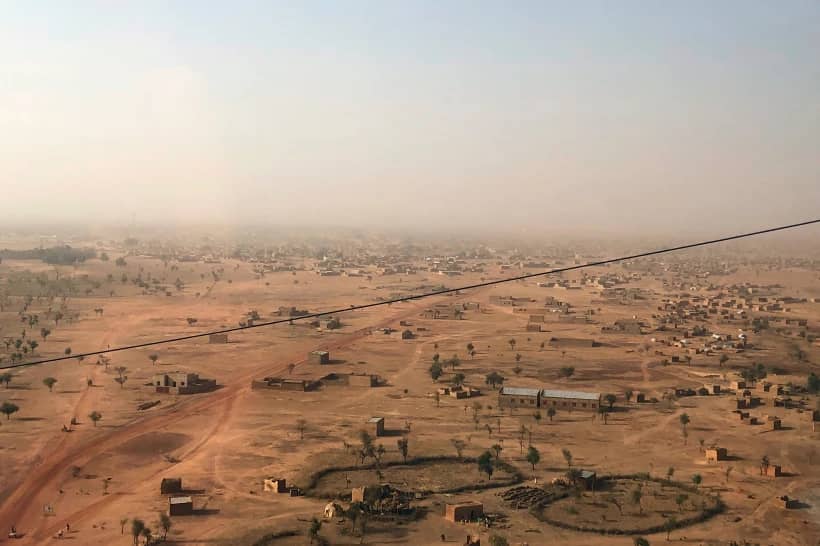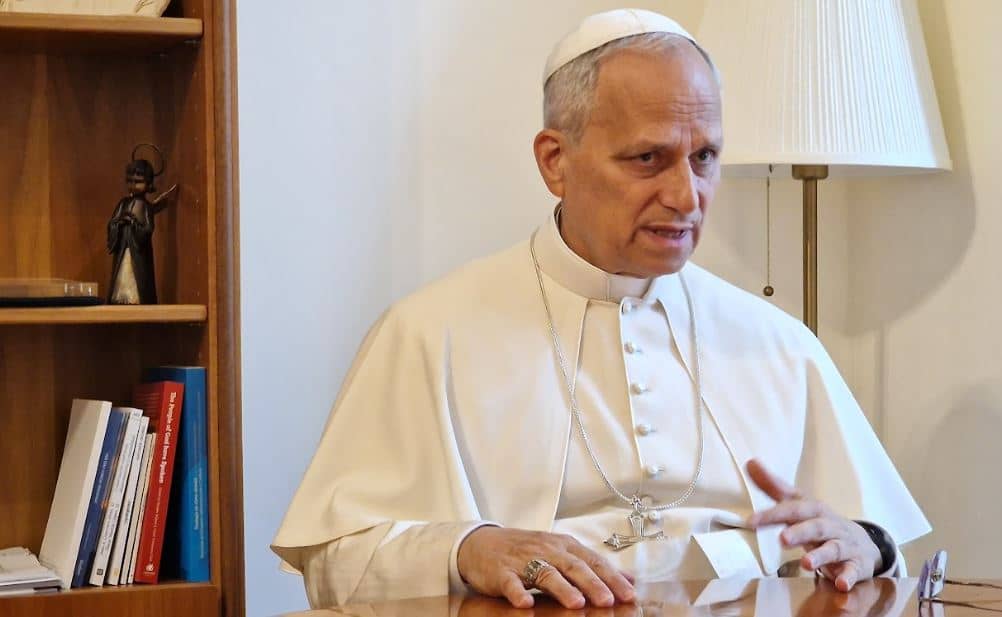As Italy ends its lockdown and slowly reopens its society, the people living in the country will have a unique opportunity to have its artistic treasures to themselves.
Museums are opening again, but due to the COVID-19 pandemic, there are no tourists crowding out the natives.
For those not living in Italy, the only way to explore the country’s heritage is through books and TV: Not only through travel guides and documentaries, but also through fiction.
Travel writer and Seattle native Tiffany Parks has lived in Rome for nearly two decades, and has written a young adult mystery novel about one of the hidden masterpieces in Rome, the Fontana delle Tartarughe [Turtle fountain] in the city’s Jewish Ghetto.

“Rome is a never-ending trove of art, history, and curiosities. Everywhere you look (almost literally), there’s something fascinating to explore or investigate. And it’s also full of legends that go back hundreds, even thousands of years,” Parks told Crux.
Married to a guard at the Vatican Museums, and the mother of a young son, Parks noticed that there was no young adult fiction describing the experience of an expat in Rome.
That’s when she got the spark for Midnight in the Piazza, the story of Beatrice, a young girl who moves to Rome with her father and becomes involved in a mystery involving the turtles on the fountain.
“When I started writing, this was literally all I had, this and the fact that I knew she had to live in Piazza Mattei, where the Turtle Fountain is. I had no idea where the story would go (or even what the story would be) while I was writing. I didn’t even know it was going to be a mystery when I started writing,” Parks said.
Aimed at an audience ages 8-12, the book was released by HarperCollins in 2018.
What follows are excerpts of Crux’s conversation with the author.
Crux: Why did you write this book?
Parks: Unlike many writers, I didn’t grow up dreaming of becoming a writer. But I did love to write, and after writing for magazines and on my personal blog for years, I was itching to create a work of fiction, inspired (as everything I write is) by the city of Rome. I first came up with the idea while I was browsing the English-language books at a Rome bookshop. I saw dozens and dozens of novels and memoirs about expats living in Italy, but I realized there were no books written from the point of view of an adolescent. I thought: what about the story of a 13-year-old girl who moves to Rome with her father? When I started writing, this was literally all I had, this and the fact that I knew she had to live in Piazza Mattei, where the Turtle Fountain is. I had no idea where the story would go (or even what the story would be) while I was writing. I didn’t even know it was going to be a mystery when I started writing.
What does Rome offer as a setting for a children’s mystery that’s unique?
Rome is a never-ending trove of art, history, and curiosities. Everywhere you look (almost literally), there’s something fascinating to explore or investigate. And it’s also full of legends that go back hundreds, even thousands of years. In fact, a legend is the hook on which this story hangs, and Beatrice ends up digging into the past to solve a very modern crime.
As an American in Rome, how much of you is in Beatrice?
They say every first novel is at least partly autobiographical, and that’s true for this one too. One major difference between myself and my protagonist is that I dreamed of moving to Rome for many years, and Beatrice moved to Rome very reluctantly. But she soon comes to adore Rome, just as I do, and she is particularly fascinated by the history that is a constant in Rome, around every corner just waiting to be explored.
Your book largely takes place in the Ghetto of Rome, the traditional Jewish neighborhood of the most Catholic of cities. Although your story isn’t a religious story, does the religious aura of the city seep into the narrative at all?
Not really. Beatrice’s side-kick Marco is a Jewish-Roman boy who has grown up hearing the legends and stories of the neighborhood, but beyond that, and a few basic facts about the history of Jews in Rome, the book doesn’t really go into religious matters.
You are married to an Italian who works at the Vatican Museums. Can you tell us your personal story?
As cliched as it sounds, my husband and I met at an ancient Roman costume party, and we were both dressed as ancient Romans. We had encountered each other a few times in the museums prior to that, but had never spoken. We started dating a few months after we met, and got married a few years later. During that time, I also converted to Catholicism (having grown up Protestant) and we were married by the same priest who administered my First Communion. We have a little redheaded almost-five-year-old named Aurelio.
Can you tell us a bit about the book you are currently working on?
While my current work in progress, Saving Caravaggio, also takes place in Rome, it is vastly different from Midnight in the Piazza. For one thing, it is for the slightly older Young Adult audience. In addition, it is a work of historical fiction, and takes place in 1599, as opposed to present day. It follows the stories of the niece of the cardinal and a boy who was left orphaned by a devastating flood. Their paths cross when they encounter the brilliant and tortured artist Caravaggio and discover a dangerous secret behind his unconventional painting techniques.
Follow Charles Collins on Twitter: @CharlesinRome

















